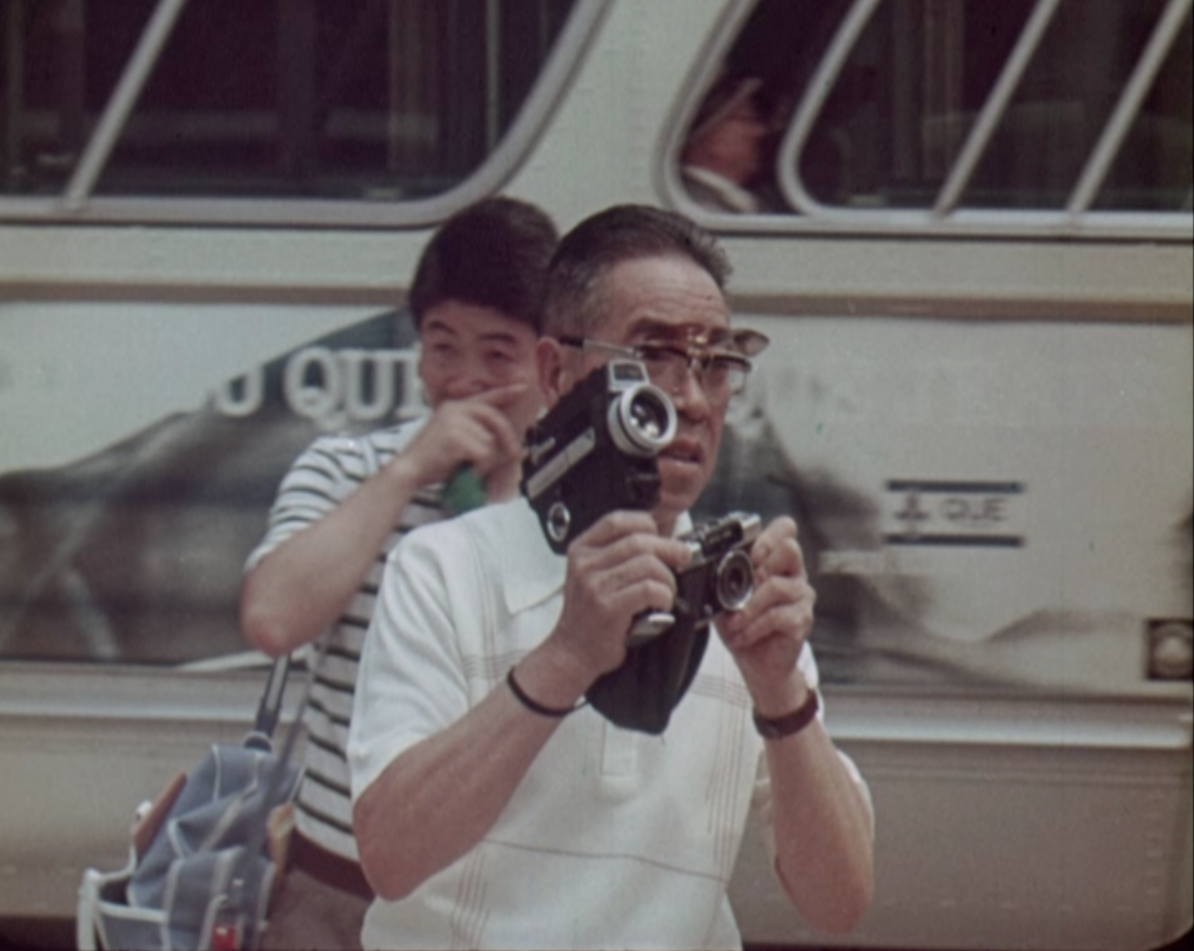by Pamela Vizner
Presenter: Juana Suárez (Proimágenes Colombia / Fundación Patrimonio Fílmico Colombiano)
Screening: Outtakes from Gloria Triana’s Yuruparí (FOCINE-Audiovisuales, 1983-86)
Less than a decade after the broadcast of this important documentary series, Colombia's national daily newspaper featured the headline "Yuruparí: Los Filmes Olvidados." The term forgotten films was a reference to the rediscovery that dozens of the original 16mm films had been left in laboratories in Miami and New York, where they had been sent for transfer to videotape. The story's lede aptly suggests the nature and value of what they recorded.
José Torres, an elder from Guapi, was one of the few people who knew the secrets of the ritual marimba of the Pacific Coast. Before he passed away, Torres narrated part of his secrets in front of the film camera, which for almost three years traveled around the country searching for manifestations of popular culture. -- El Tiempo, March 10, 1991 <original Spanish publication here>.
 |
Publicaciones de Proimagenes en Movimiento |
 |
| Triana with musician Pablo Flórez. (Foto: Vicky Ospina) |
Triana also organized several regional meetings about traditional music and dance, the Encuentros Nacionales de la Música y de la Danza Tradicional. Thanks to the success of this project, she was hired by the national communications company Audiovisuales, to work on a series of medium-length films to be broadcast on national television. She directed 35 of the films in the Yuruparí series, which were broadcast between 1983 and 1986, with huge success in attracting viewers. Triana used varying anthropological techniques, such as interview and participative observation, generally without a script.
 |
| Torres with López.. Foto: Pepe Romay |
- Bienvenido a la vieja Providencia (1984)
- Buscando el camino a . . . (1984)
- Carnaval del Diablo, I y II (1985)
- Ay, si la guabina (1986)
- Pilanderas, farotas y tamboras (1986)







